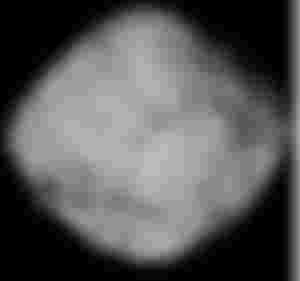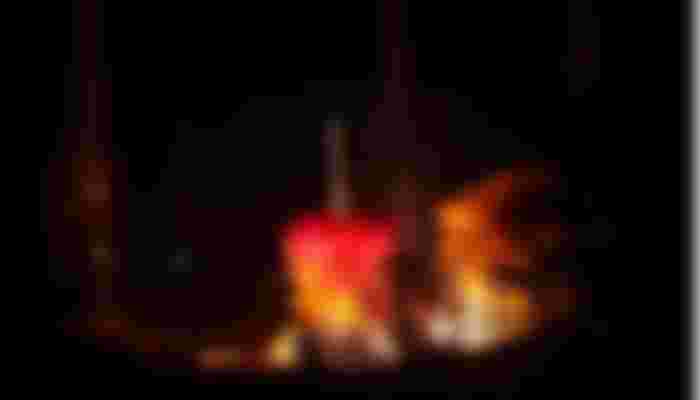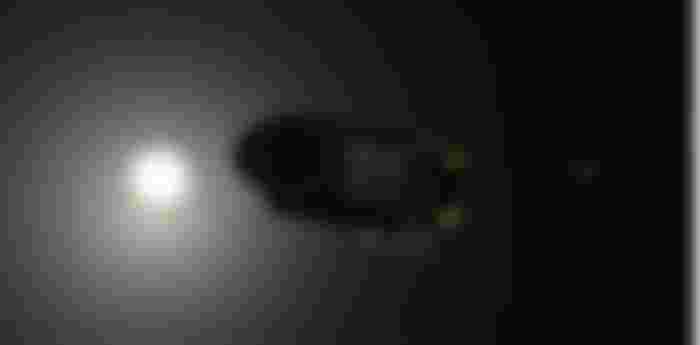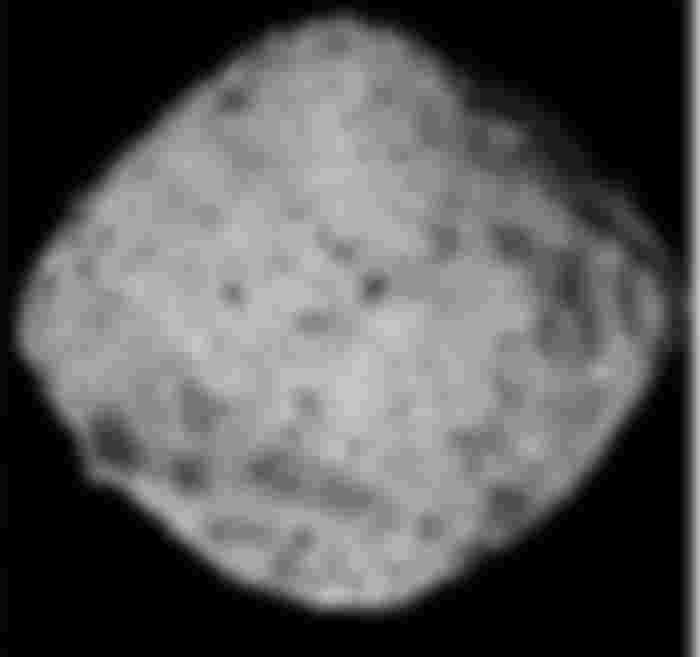1) China launches its first lander on the far side of the moon
China - which dazzled the world with a robotic mission to the moon's surface in 2013 - is trying another milestone on the moon: landing on its far side. China launched the lunar probe "Chang'e 4" on December 7, consisting of two landers and a rover to land on the moon in early January 2019. The vehicle will land in the Von Kármán Crater, which is 115 miles wide (186 Km) which is part of the larger Antarctic Basin complex, which extends 1,600 miles (2,500 km).
The far side of the moon is not visible from Earth, and in fact, it was not photographed until the first Soviet satellites orbited the moon in the 1960s.
Landing is another challenge because there is no way to communicate information to Earth without a rotating satellite. So China sent a satellite called Queqiao in May 2018, which is located in a stable spot in space called the second Lagrangian Earth and Moon Point. At this location, behind the moon, the satellite can send information to and from Chang'e 4 and the mission control center on Earth.

2) Farewell to Kepler and Down
On October 30, NASA announced that its planet hunter telescope, Kepler, has run out of fuel after it has been operating for much longer than its original science mission.
Its astonishing voyage has resulted in the discovery of 70% of the 3,800 exoplanets confirmed so far. Kepler spent his first four years in space (from 2009 to 2013) gazing at one spot of the sky in the constellation Cygnus, resulting in the discovery of 2,327 planets outside our solar system so far.
After the second of its four pointing devices failed, NASA came up with an innovative way to preserve Kepler, as kepler used the sun's pressure to keep itself stationary in space. This new mission, called K2 (which lasted four years), not only resulted in the discovery of exoplanets, but also the study of comets, asteroids, supernovae, and other phenomena.
Coincidentally, NASA announced the end of another long-running mission, the Dawn Mission, just two days after Kepler news. The probe has run out of fuel, too.
The Dawn probe was the first to closely explore the protoplanet Vesta and the dwarf planet Ceres. The Dawn probe was launched in September 2007 and arrived in Vista in July 2011. It stayed there for 14 months to examine the asteroid's surface. Among his many discoveries was the discovery that liquid water (which arrived as a result of meteorite impacts) was flowing on its surface in the feet.
Dawn's second and final destination was the dwarf planet Ceres, where the probe found a host of bright spots - the salts left after saltwater had passed through Ceres' surface and evaporated into space. Dawn is expected to remain in orbit around Ceres for at least 20 years, but it may remain stuck for decades after that.
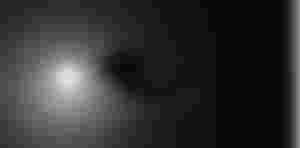
3) I picked up a MINAPA-II1B (OWL) Mission Hayabusa 2 rover
After a trip that lasted more than three years through space, the Japanese spacecraft "Hayabusa2" arrived at the asteroid Ryugu on June 27, 2018 and began work quickly. The goal of this probe is to return a sample of the asteroid to Earth, just as the first Hayabusa spacecraft did almost a decade ago. But first, the Japanese probe descended to the surface of the asteroid two rovers and a lander, which sent pictures of the asteroid's strange surface.
The German-made MASCOT mobile asteroid surface detector was launched on October 3, 2018 and landed safely on the surface of Ryogo and succeeded in contacting his team on the surface of the Earth. The tiny detector survived longer than expected on battery power (about 17 hours), allowing a comprehensive set of images to be sent back to Earth. Scientists were surprised at how rugged Ryuju was, compared to the other asteroids that have been studied closely.
In late September 2018, Hayabusa2 deployed two small solar-powered probes now known as HIBOU and OWL. HIBOU's name stands for "Extremely Smart Recoil and Monitoring Unit"; In French, hibou means owl, where the name owl stands for "wheeled and intelligent mobile monitoring unit." The two jumpers - which are still active - and the Mascot surface detector are expected to generate a lot of information about the history and composition of the asteroid Ryugu.
The Japanese probe still has another hopper probe on board that will be launched sometime next year.

4) NASA's Oasis-Rex arrives at asteroid Bennu
OSASIS-REx, whose name stands for "Asset Explorer, Spectral Interpretation, Resource Identification and Security", arrived at its destination (Bennu asteroid) on December 3rd. Asteroid Bennu is a rock that is 1,640 feet (500 m) wide. Ultimately, the probe will land on Benno's surface to collect a sample to be shipped back to Earth. But first, scientists are still studying the asteroid before collecting this sample and returning to Earth.
The spacecraft has a complete guide to missions for the next few months, with the first major goal being to enter safe orbit around the asteroid on December 31, 2018. During the past few weeks, mission managers have not only examined Bennu, but also figured out how the spacecraft is prepared for entry. In orbit around the asteroid. The probe has already conducted three Pino surveys by mid-December, covering about 30% of the asteroid's surface in some detail.
